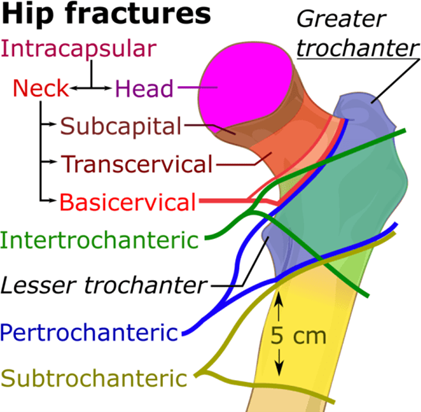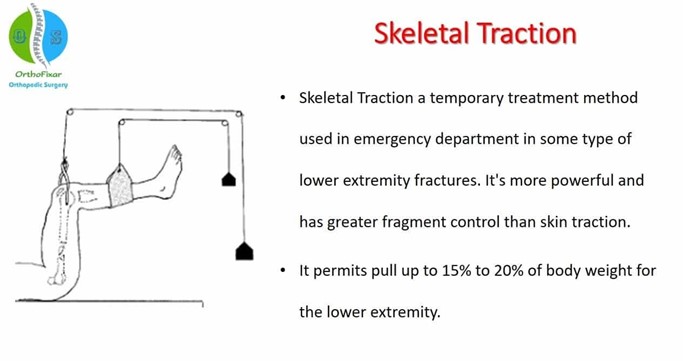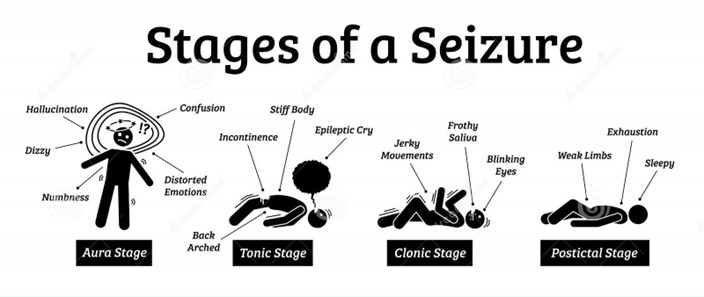An older adult client in an orthopedic unit has an intracapsular fracture of the right hip following a fall. The client is in Buck's traction and will have hip prosthesis surgery in the morning. The nurse should reinforce with the client that this type of traction promotes which of the following outcomes?
Reduction of the fracture
Support for moving the extremity
Alignment of the pins
Relief from muscle spasms
The Correct Answer is D
The nurse should reinforce to the client that Buck's traction promotes relief from muscle spasms. Buck's traction is a type of skin traction that is widely used for fractures of the femur and hip². It uses splints, bandages, and adhesive tapes to position a limb near the fracture and then applies pressure using weights and pulleys². One of the goals of Buck's traction is to lessen or eliminate muscular spasms¹.
Reduction of the fracture is not the primary purpose of Buck's traction.
Support for moving the extremity is not a primary outcome of Buck's traction.
Alignment of the pins is not applicable to Buck's traction as it does not involve inserting pins into the bone.

Nursing Test Bank
Naxlex Comprehensive Predictor Exams
Related Questions
Correct Answer is B
Explanation
The statement that clients in skin traction have more mobility than those in skeletal traction indicates that the newly licensed nurse understands these therapies. Skin traction is applied directly to the skin using splints, bandages, or adhesive tapes and is less invasive than skeletal traction³. Skeletal traction involves placing a pin, wire, or screw in the fractured bone and ataching weights to it to pull the bone into the correct position¹. Because skin traction is less invasive and does not involve inserting a pin into the bone, clients in skin traction have more mobility than those in skeletal traction.
a. Skeletal traction being better than skin traction for reducing a fracture is not necessarily true.
c. Skeletal traction having less risk for infection than skin traction is not true.
d. Clients in skin traction having more discomfort than those in skeletal traction is not necessarily true.

Correct Answer is B
Explanation
The nurse should use the term "postictal phase" when documenting the client's difficulty arousing and sleepiness for several hours following a generalized tonic-clonic seizure. The postictal phase is the period of time immediately following a seizure during which the client may be difficult to arouse and very sleepy.
The presence of absence seizures, the presence of automatisms, and the aura phase are not appropriate descriptions for the nurse to use when documenting this finding in the medical record. Absence seizures are a type of seizure characterized by brief episodes of staring and unresponsiveness. Automatisms are repetitive, unconscious movements that can occur during a seizure. The aura phase is a warning sign that can occur before a seizure.

Whether you are a student looking to ace your exams or a practicing nurse seeking to enhance your expertise , our nursing education contents will empower you with the confidence and competence to make a difference in the lives of patients and become a respected leader in the healthcare field.
Visit Naxlex, invest in your future and unlock endless possibilities with our unparalleled nursing education contents today
Report Wrong Answer on the Current Question
Do you disagree with the answer? If yes, what is your expected answer? Explain.
Kindly be descriptive with the issue you are facing.
